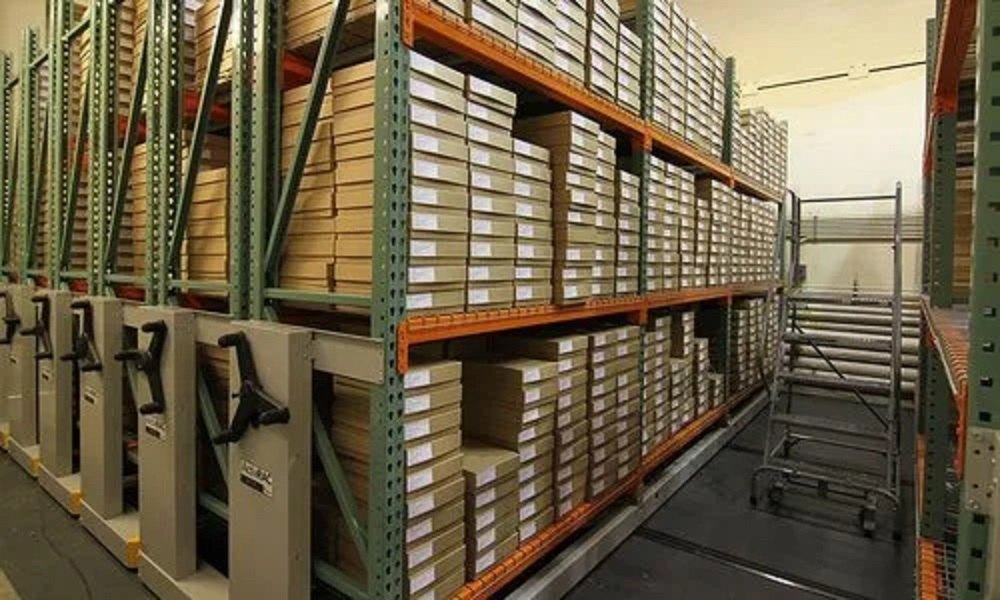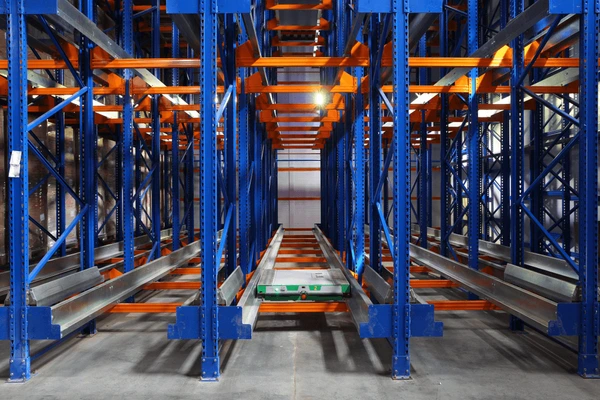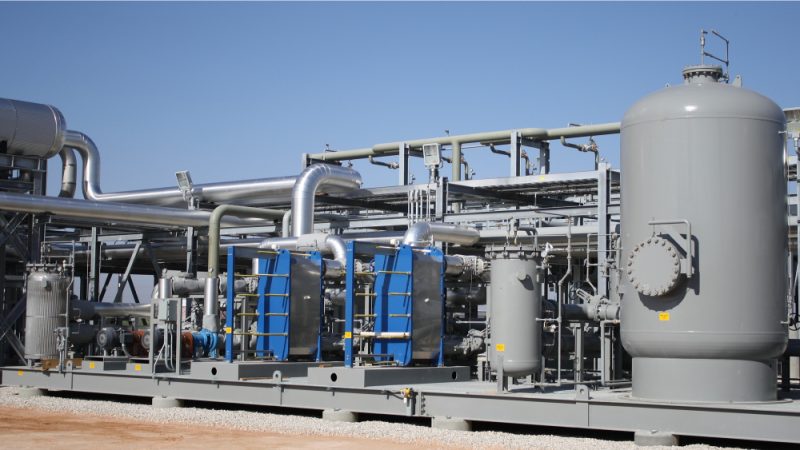Maximise Storage Efficiency: Revolutionary Racking Solutions for Modern Enterprises

Searching for a racking system that transforms chaotic storage areas into models of organisational efficiency? The quest for optimal space utilisation has become increasingly crucial as commercial property costs soar and businesses seek to maximise operational effectiveness within existing footprints. Singapore’s dynamic industrial landscape has pioneered innovative approaches to vertical storage that merit consideration by organisations worldwide.
Understanding Modern Storage Solutions
Contemporary storage infrastructure has evolved dramatically from rudimentary shelving arrangements into sophisticated systems engineered for specific operational requirements. These structures represent the confluence of architectural principles, materials science, and workflow optimisation.
“Properly designed racking infrastructure doesn’t merely store goods—it actively participates in operational efficiency by reducing handling times, improving inventory visibility, and enhancing workplace safety.”
The most effective installations seamlessly integrate with broader warehouse management systems, creating a unified ecosystem where physical storage and digital inventory tracking function as complementary elements of a cohesive whole.
Types of Industrial Storage Frameworks
The taxonomy of storage solutions encompasses numerous specialised configurations:
Selective Pallet Racking –
Single-deep arrangements allowing direct access to each pallet position
Double-Deep Racking –
Two pallets stored one behind another, increasing density while reducing accessibility
Drive-In/Drive-Through Systems –
Channel-based structures allowing forklifts to enter the racking lanes
Push-Back Racking –
Dynamic structures where pallets move forward on inclined rails when preceding items are removed
Cantilever Racking –
Arm-based systems designed for long, irregular items like timber, pipes, or furniture
Mezzanine Installations –
Elevated platforms that create additional usable floor space within existing buildings
Key Considerations for System Selection
Load Requirements and Weight Distribution
Understanding the weight characteristics of stored items fundamentally influences structural design:
· Maximum unit loads
· Cumulative bay loading
· Floor loading limitations
· Seismic activity considerations
· Dynamic loading from machinery
· Safety factors and engineering tolerances
Space Optimisation
Effective utilisation of three-dimensional space represents perhaps the most significant advantage of structured storage:
“Singapore’s approach to vertical storage optimisation has demonstrated that warehouse cubic capacity utilisation can improve by 40-60% through appropriate racking configuration compared to traditional floor storage methods.”
This vertical exploitation strategy proves particularly valuable in environments where floor space commands premium prices.
Accessibility and Retrieval Efficiency
The accessibility paradigm balances density against retrieval speed:
· FIFO (First-In-First-Out) versus LIFO (Last-In-First-Out) requirements
· Picking frequency for individual items
· Seasonal inventory fluctuations
· Stock rotation requirements
· Specialised handling equipment availability
· Labour productivity considerations
Regulatory Compliance and Safety Standards
Storage infrastructure must satisfy stringent safety protocols and regulatory frameworks:
· Structural integrity certifications
· Floor anchoring requirements
· Safe working load declarations
· Clear bay marking and information displays
· Impact protection measures
· Regular inspection schedules
Technological Integration
Modern storage solutions increasingly incorporate technological elements to enhance performance:
· Barcode and RFID integration points
· Compatibility with automated handling equipment
· Digital twin modelling capabilities
· Load sensors and monitoring systems
· Illumination solutions for optimal visibility
· Climate control interfaces where required
Implementation Best Practices
The transition from conceptual design to operational implementation requires methodical planning:
1. Comprehensive site assessment
2. Detailed product movement analysis
3. Future growth projection
4. Virtual modelling and simulation
5. Professional installation by certified technicians
6. Staff training programmes
7. Scheduled maintenance protocols
Environmental and Sustainability Considerations
Contemporary storage solutions increasingly reflect broader sustainability imperatives:
· Recyclable and sustainable materials
· Energy-efficient integration with building systems
· Adaptability for changing business requirements
· Modular designs that reduce replacement waste
· Contributions to green building certifications
· Reduced carbon footprint through optimised space utilisation
The Human Element in Storage Design
Beyond the mechanical and structural components lies the often overlooked human dimension of storage infrastructure:
· Ergonomic considerations for staff accessing materials
· Cognitive load reduction through intuitive layout design
· Psychological impacts of organised versus chaotic environments
· Worker safety and accident prevention through thoughtful design
· Training requirements for optimal system utilisation
· Accommodation of diverse physical capabilities among warehouse staff
Cultural Adaptation of Storage Philosophies
The approach to storage reflects broader cultural attitudes towards space, efficiency, and material organisation:
“Singapore’s storage philosophy has evolved from necessity—transforming spatial constraints into virtues through innovative vertical thinking that challenges traditional assumptions about warehouse design.”
This cultural perspective demonstrates how limitations often catalyse innovation, producing solutions that eventually transcend their original constraints to offer universal benefits.
Economic Analysis Beyond Initial Investment
The true economic value extends significantly beyond acquisition costs:
“When calculating return on investment for storage infrastructure, operational savings typically exceed initial capital expenditure within 24-36 months through improved throughput, reduced handling times, and decreased inventory shrinkage.”
A comprehensive economic assessment should consider:
· Installation costs
· Operational efficiency gains
· Space utilisation improvements
· Inventory management benefits
· Maintenance requirements
· System lifespan and depreciation
· Resale or reconfiguration value
Conclusion
The architecture of storage transcends its utilitarian origins to become a strategic asset with profound implications for operational efficiency, workplace safety, and economic performance. By approaching storage infrastructure as an integrated component of broader operational ecosystems rather than isolated shelving units, organisations can transform these structures from passive containers into active contributors to business success. Through thoughtful assessment of specific operational requirements, careful selection among available configurations, and attention to implementation details, businesses can realise the transformative potential of an optimally designed racking system.








